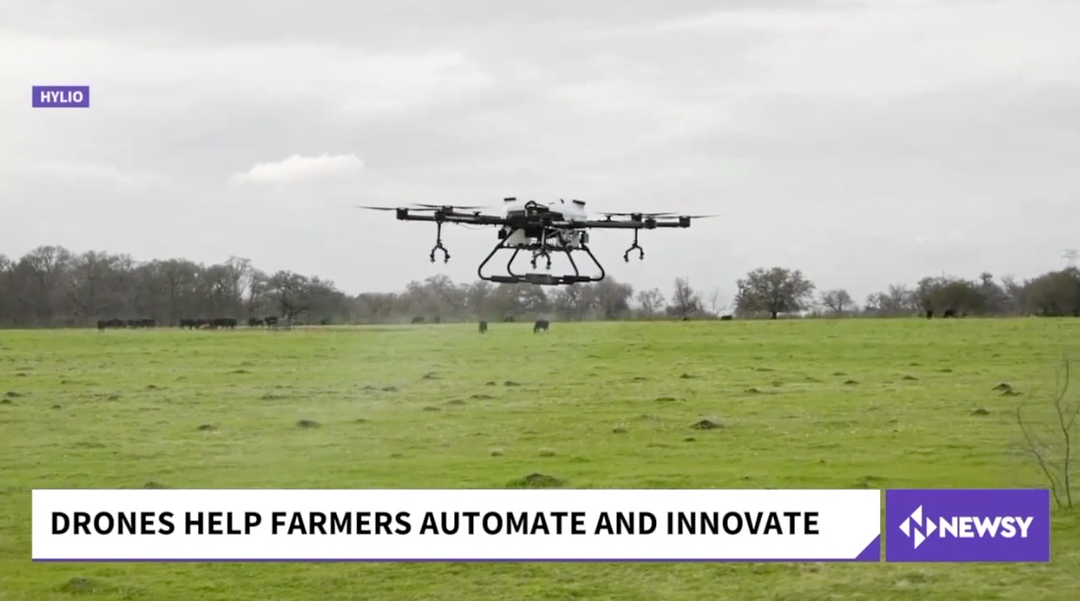Taylor and Ally Moreland began Moreland Seed and Soil after graduating from the University of Missouri. Since the start of the COVID-19 pandemic, they’ve been perfecting their drone skills and understanding of drones to share with their customers.
"Our goal really is to provide a brand new tool to farmers where they can aerial apply granular liquid products by themselves on their own, on their own farm," Taylor Moreland says.
Besides chemical applications, Taylor Moreland is sharing drone advantages with his customers who are planting cover crops to slow erosion and improve soil health.
While drone technology is still fairly new to North America, overseas farming operations, especially in Asia, have been using them for decades.
Arthur Erickson, the co-founder and CEO of Hylio Agrodrone headquartered in the Houston, Texas, area, believes drones are a game-changer.
"Due to the abundance of rice paddies in Asia, it actually makes a lot of sense because that's wet terrain and it's much better serviced by flying drone vehicles vs. terrestrial tractor vehicles," he says. "The drones are interesting because not only can they do what's traditionally done better, cheaper, faster, with less labor and more automated, but they're also unlocking a whole new way to approach farming that previously wasn't available."
A recently released analysis by the market research firm Sheer Analytics and Insights estimates agricultural drones will be a $6.5 billion industry within 10 years as farmers look to deal with labor shortages and shifting trends toward vegetarianism.
Erickson hopes for further adoption North America.
"The idea [is] you're going to start having these drones going out on their own — they're charging themselves, they're refilling themselves, and they're scanning these fields and making decisions in real-time and solving them before even you have to get involved," he says. "That's going to be the future of this technology in the next 2-3 years."



![[Technology Corner] Discussing AI’s Potential Impact on Service & Support](https://www.precisionfarmingdealer.com/ext/resources/2025/04/11/Discussing-AIs-Potential-Impact-on-Service--Support.png?height=290&t=1744385717&width=400)


